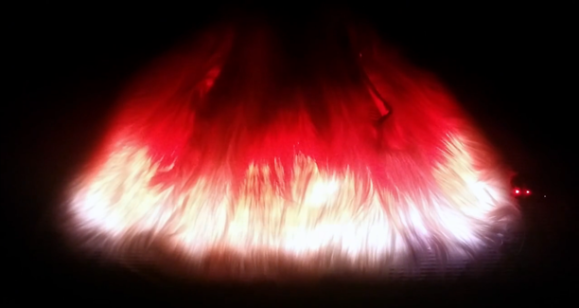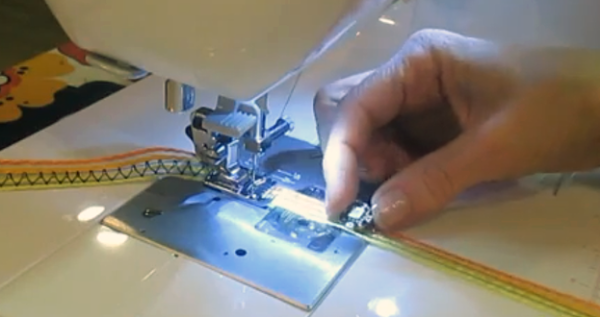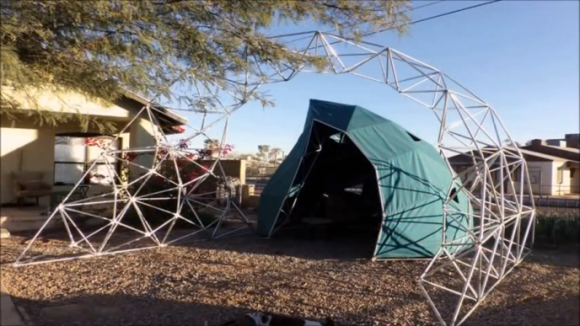
[Finchronicity] over on Hackaday Projects has made a pretty awesome furry LED Vest to keep him warm and well lit at this year’s Burning Man. He is using a Teensy 3.0 that drives strips of 470 WS2811 LEDs.
The vertically aligned strips run on a continuous sequence which reaches up to 31 frames per second using precompiled animations. The effects rendered in Processing or video mapped, are captured frame by frame and stored as raw color data to an SD card. Playback uses the NeoPixel library to control the strips. The high resolution LEDs, with the video mapped fire and the long pile fur, create one of the nicest flame effects we have seen on clothing.
We’ve also seen the Teensy 3.0 and WS2811 LEDs used as a popular combination for building huge displays, a 23ft tall pyramid, and more recently in the RFID jacket at Make Fashion 2014. Have you made or seen a great Teensy/WS2811 project you would like to share with us? If so, let us know the details in the comments below.












